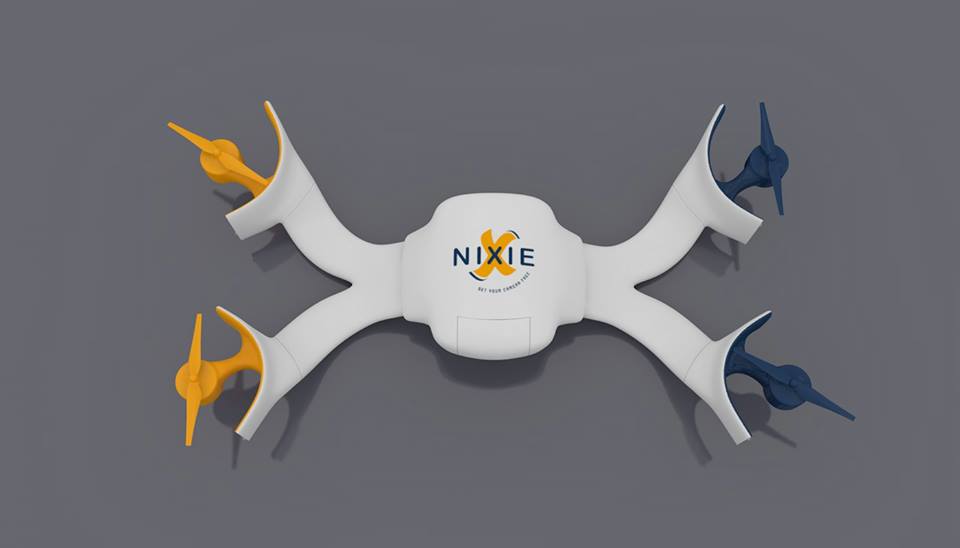Around 11.6 billion dollars by 2020. This is the estimated growth of the wearables sector in the next five years, with an annual increase rate of 24.56%. These figures, included in the report “Wearable Electronics Market and Technology Analysis by Applications” published last September, depict an industry with a bright future. And these aren’t the most optimistic figures. Juniper Network believes the business of wearables will end up reaching 4.5 billion dollars this year, although that number will increase to 53.2 billion between now and 2019. That means a lot of wearable devices sold… and an undeniably attractive market for developers and investors.
Although these numbers are impressive and only an estimate, it must be noted that big brands like Apple and Samsung are already developing high-end devices related to sport and health activities, and some startups are also paying an enormous attention to wearables, obtaining rounds of funding for their projects from private equity investors.
Many technology websites are devoting a lot of space to the latest releases of the great flagships of the technology industry, but not so much to the projects of startups and university research laboratories. This is a list of the most outstanding wearables developed by small players.
1.- Nixie: the drone that will take the best selfie of your life
Can you imagine a tiny hawk with the shape of a spider and a diminute camera in its front? Nixie is just that: a small drone that adjusts to your wrist and is able to fly like a bird and record any activity you are doing at that moment, without needing to control it. It’s so promising that it won the first prize (worth 500,000 dollars) of Intel Make It Wearable, an initiative announced at the CES 2014. There's nothing quite like seeing a video to get an idea of the possibilities of this device:
Its creator, Christoph Kohstall, defines it as “the first wearable and flyable camera”, a sort of wristband that unfolds in the air as a flying quadcopter, takes pictures and video, and then goes back to your wrist. What makes Nixie so special is that it can capture what you’re doing as you do it, just as a selfie in HD. You can record while you’re climbing a mountain, riding a bike or skiing in the Swiss Alps. Results can be really amazing!
2.- OpenBionics: a 3D solution for those suffering amputations
OpenBionics is, according to its inventors, “an open-source initiative for the development of affordable, light-weight, modular robot hands, that can be easily reproduced using off-the-shelf materials.” The idea is to provide hands to amputees without much cost and in a very simple way: almost anyone can make them with materials available at home. This project won the second prize in the Intel Make It Wearable competition (200,000 dollars), for its efficiency in developing prosthetic devices for less than 1,000 dollars.
In fact, here is the repository available to everyone, in case you’re interested in replicating the robotic hand: https://github.com/zisi/openBionics. The idea of this initiative is to help amputees regain their lost skills and provide effective solutions to the robotics sector (e.g. development of prototype humanoids or flying vehicles that need to pick up materials easily, etc.). There are multiple possibilities.
3.- ProGlove: the glove that knows everything
This glove is a very special wearable. It’s far from the concept of wearable devices we are used to see, linked to leisure, sports or health. ProGlove is a portable tool “targeted at professional production processes”, says the website of its creators. “It enables its wearer to work faster and therefore more efficiently, it’s easy to use and unlocks a new level of control and business intelligence for production management”, they explain. For instance, it can provide real time information on assembly lines in the automotive industry.
Its two inventors, Paul Günter and Jonas Girardet, worked for years in the automotive sector and, as they say in the video, thanks to that they know very well the advantages ProGlove could bring to companies such as Mercedes, BMW or Audi. What is important is not only the information it provides to the worker in the factory, but also the amount of data it can store and send to those in charge of making decisions.
4.- FingerReader: the eyes of blind readers
FingerReader is a device that allows blind people to read printed text, but it can also be very useful for people who have poor vision or need to translate texts into another language. It is still a prototype of a research team at the MIT Media Lab (Massachusetts Institute of Technology), although it seems quite promising. There are two files to download on their website with some images and laboratory tests.
The device is able to read printed text up to 12 points, something quite common in documents. In addition, the reader has haptic feedback, the same technology that allows users of certain devices to have the feeling of using a real keyboard when touching the screen. With this technology, visually impaired people are able to follow easily the lines printed on a sheet of paper.
FingerReader – Wearable Text-Reading Device from Fluid Interfaces on Vimeo.
This is not the only project they are working on at the MIT Media Lab. This is the full list: from products related to augmented reality to innovations for the communications sector.
5.- Imprint Energy, the most thin and flexible battery in the world
Imprint Energy is a California startup that has designed a printed battery, possibly the most thin and flexible battery in the world, which could be used in portable devices in the health and electronics industry. The idea of its creators is that these zinc and polymer batteries replace the current lithium batteries, whose size greatly limits the development and functionality of wearables. In addition, these zinc batteries are rechargeable, just as the ones we have now in our phones.










